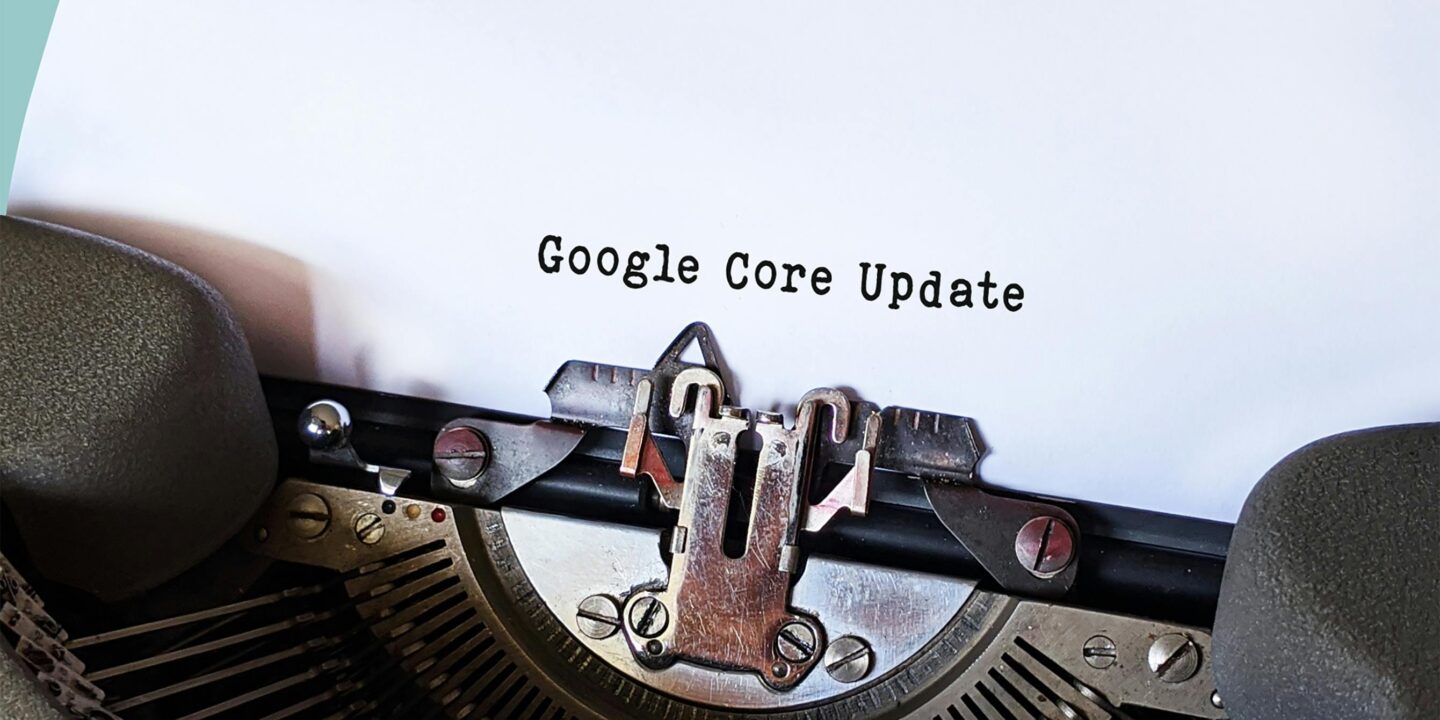
For businesses aiming to succeed online, providing a seamless user experience has never been more critical. With its Page Experience update, Google has emphasized that a user-friendly website isn’t just nice to have—it’s essential. At the heart of this update are Core Web Vitals, a set of metrics designed to measure how users experience your site in real-time.
If you’ve been wondering what Core Web Vitals are, why they matter, and how to improve them, this guide will walk you through everything you need to know.
What Are Core Web Vitals?
Core Web Vitals are specific metrics Google uses to assess critical aspects of user experience, particularly page speed, interactivity, and visual stability. These metrics include:
- Largest Contentful Paint (LCP): Measures loading performance.
- First Input Delay (FID): Measures interactivity.
- Cumulative Layout Shift (CLS): Measures visual stability.
Each metric focuses on a particular aspect of the page experience and has defined thresholds set by Google:
- Good: Meets user expectations.
- Needs Improvement: May hinder user experience.
- Poor: Negatively impacts user experience and could lower rankings.
Why Do Core Web Vitals Matter for SEO?
Core Web Vitals influence your website’s search engine rankings, as they are part of Google’s factors for evaluating user experience. Here’s why you should care:
- Higher Rankings: Websites that meet Core Web Vitals standards are more likely to rank well in search results.
- Improved Engagement: Pages that load quickly and perform smoothly keep users engaged longer.
- Boosted Conversions: A better user experience often translates to higher conversion rates, whether it’s sign-ups, purchases, or inquiries.
Now, let’s break down each metric and explore how to optimize them for Google’s Page Experience update.
Largest Contentful Paint (LCP)
What Is LCP?
LCP measures the time it takes for the largest visible element on your page (e.g., an image, video, or block of text) to load and become visible. A good LCP score is under 2.5 seconds.
Why It Matters
When critical content takes too long to load, users are more likely to leave your site before engaging, hurting both your user experience and bounce rate metrics.
How to Improve LCP
- Optimize Images
- Compress images using tools like TinyPNG or ImageOptim.
- Use modern formats like WebP for faster loading.
- Use responsive images tailored for different screen sizes.
- Improve Server Response Time
- Choose a reliable hosting provider.
- Use a Content Delivery Network (CDN) to distribute content globally and reduce latency.
- Use Lazy Loading
- Implement lazy loading for images and videos to load them only when visible in the user’s viewport.
- Minimize CSS and JavaScript
- Eliminate render-blocking resources by deferring non-essential CSS and JavaScript.
- Minify your code using tools like UglifyJS or CSSNano.
First Input Delay (FID)
What Is FID?
FID measures the time it takes for your website to respond after a user interacts with it (e.g., clicking a button or link). A good FID score is under 100 milliseconds.
Why It Matters
A delay in responsiveness can frustrate users, especially when they’re trying to engage with interactive elements on your page. This is particularly important for forms, buttons, and dynamic content.
How to Improve FID
- Reduce JavaScript Execution Time
- Split large JavaScript bundles into smaller chunks.
- Remove unused JavaScript by auditing your site with tools like Chrome DevTools.
- Implement Code Splitting
- Use code-splitting techniques to only load necessary resources for a specific page view.
- Use a Web Worker
- Offload heavy tasks from the main thread by using web workers to handle background tasks.
- Minimize Third-Party Scripts
- Limit third-party code, such as analytics tools or ad scripts, as they can slow responsiveness.
Cumulative Layout Shift (CLS)
What Is CLS?
CLS measures how much the visible layout of a webpage shifts during the loading process. Unstable elements, like images loading late or ads resizing, contribute to a poor CLS score. A good CLS score is 0.1 or less.
Why It Matters
Have you ever tried to click a button only for the layout to shift, causing you to click the wrong element? These unexpected movements frustrate users and can lead to accidental clicks, undermining your site’s credibility.
How to Improve CLS
- Include Size Attributes for Images and Videos
- Always set width and height attributes for all images and videos, or use CSS to reserve the necessary space.
- Preload Fonts
- Preload critical fonts to ensure they don’t shift text during loading. Use the
font-displayproperty for better transitions.
- Preload critical fonts to ensure they don’t shift text during loading. Use the
- Avoid Dynamic Content Injection
- Delay embedding third-party content (e.g., ads, social widgets) until after the main content has loaded.
- Improve Ad Placement Strategies
- Reserve a fixed area for ads, so they don’t cause layout shifts when loaded.
- Use Stable Web Design Practices
- Avoid animations or transitions that shift elements unexpectedly.
Tools to Measure Core Web Vitals
To understand how your site performs on LCP, FID, and CLS, use these tools:
- Google Lighthouse: An open-source audit tool for performance and Core Web Vitals.
- Google Search Console: Monitors Core Web Vitals reports for your site.
- PageSpeed Insights: Provides diagnostic information and actionable tips for improving your scores.
- WebPageTest: Analyzes page loading speed and highlights areas of improvement.
Run regular audits to identify and address bottlenecks impacting your scores.
Best Practices for Optimizing Core Web Vitals
- Audit Regularly
- Set up a schedule to evaluate your website using PageSpeed Insights and Search Console.
- Prioritize Mobile Optimization
- With Google’s mobile-first indexing, ensure your site is fully responsive and mobile-friendly.
- Work With Developers
- Collaborate closely with your development team to fix technical issues affecting Core Web Vitals.
- Focus on Above-the-Fold Content
- Make sure content at the top of your pages loads faster than below-the-fold content.
- Test Before Deployment
- Use staging environments to test changes for Core Web Vitals before rolling them out.
Final Thoughts
Google’s Page Experience update has put user experience front and center, and Core Web Vitals are critical for meeting its standards. By focusing on LCP, FID, and CLS, you can create a website that not only ranks higher in search results but also keeps visitors engaged and satisfied.
Optimizing Core Web Vitals may seem like a hefty task, but the long-term benefits make it worthwhile. Better loading times, smoother interactivity, and stable designs will improve your site’s usability, helping you stay ahead in today’s competitive digital landscape.
Start by analyzing your site’s current performance, address the pain points mentioned in this guide, and watch as your rankings and user engagement improve.
Happy optimizing!











No Comments